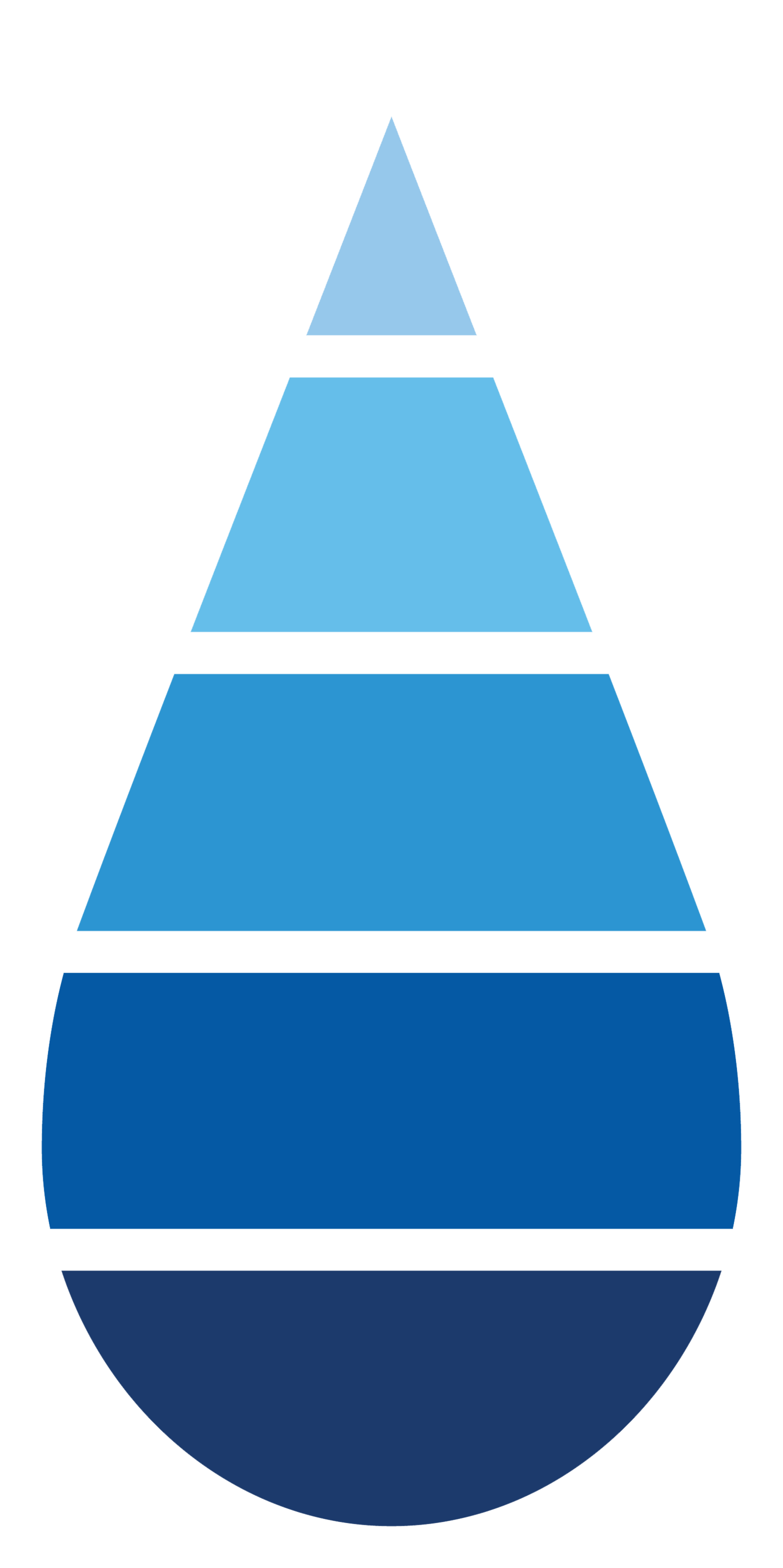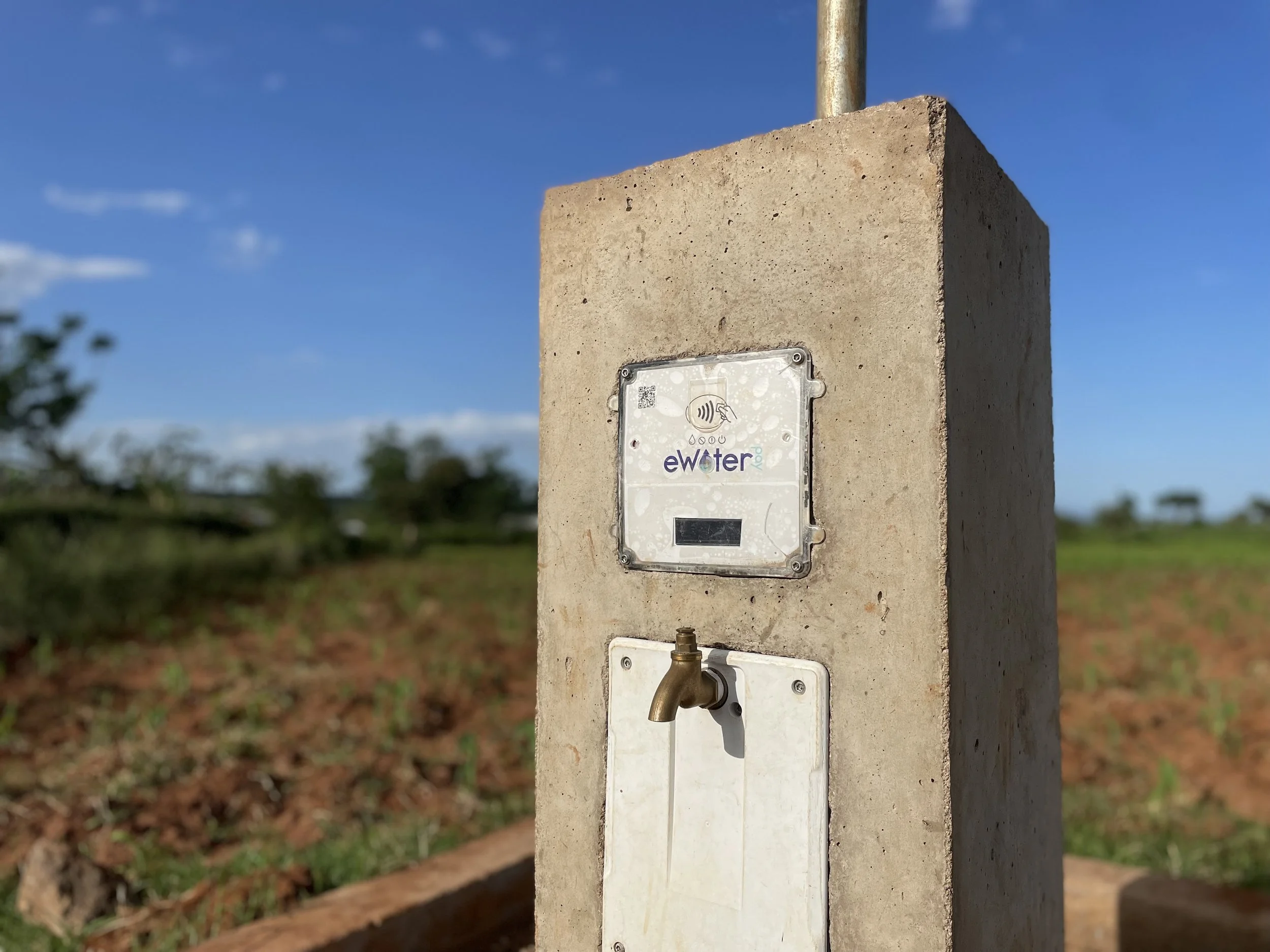Why the water crisis in Africa hasn't ended... yet.
Our eWATERservices Smart Taps are not the solution to Africa’s water crisis. They are a tool that is part of the solution.
The solution is the model that eWATER offers: a full-model water provider with the resources to ensure repairs and maintenance are carried out to guarantee 24/7 water.
And whilst an eWATER Smart Tap (which can work on shallow wells, deep boreholes, piped networks, gravity fed, springs- you name it) is above and beyond a handpump, the point isn’t which is better or worse. The point is that the tap doesn’t solve the problem.
The crux of the problem is how do you maintain access and crucially pay for it? Handpumps don’t get looked after and so they break. In 2022 how can this be considered to be the solution to water access? In 3022 would they still be acceptable? A 3,000 year old technology requiring children to walk a long way and pump water deep from the ground when solar power is readily available isn’t development. It’s backward and insulting.
But "what about village water committees looking after a handpump?" people ask. It’s been advocated for 50 years now but we’re in the same place we were then, so it clearly hasn’t worked. The argument that: “that’s because there wasn’t enough community training” also doesn’t hold fast because in truth the community hates the local politics of the handpump. They hate the person overseeing the hamdpump and their cousins controlling the water committee, they hate those monthly payments in cash to that person’s son knowing that half of that money goes “to buy his clothes” and they hate the fact it leaves them without water: 40% of all such systems are broken at any time*.
We have to professionalise water supply management. This means removing the donor mentality used to influence governments into adopting an impractical, ideologically-driven aid agenda that serves their own international consultants, academics, workshop practitioners and bureaucrats, but not the consumers who are dying.
We want a new approach where water is supplied as locally as possible, in multiple communal taps (and eventually directly to homes), run by local, private, professional technicians and customer service focused teams. And where people pay about $7 per person per year for their water. That’s all it would take.
Today we are in this totally ludicrous situation where 75-91% of Sub-Saharan African adults own a mobile phone**. Mobile phone companies didn’t tell the community they would have to look after the phone mast and run their local SIM card kiosks, or that they could get their phones for free. They just offer a professional service and people choose to pay for it. People in Kenya spend on average way over $15 per person per month on mobile phone services** and they pay it. We are asking for $7 per person per year to ensure water is available 24/7, close to their home.
It really is the only way to stop this vicious cycle of failure. However right now NGO’s are coming into villages in The Gambia where we have delivered water at 95% availability, 24/7 for 5 years and they are drilling new boreholes, offering free water and the government doesn’t mind. The villagers still want us to stay as they know the free taps will break, and they want the back up of our Smart Taps and their guaranteed water provision. But we don’t get any government money, nor aid money, and so we can’t be an insurance provider. We can’t let our Smart Taps sit there unused, tanks sitting idle, solar panels getting dusty, just waiting for an NGO system to stop working. So sadly, we have to pull out.
But there is hope. Some countries really understand that 'community managed' systems are failing. So watch this space. Kenya is the future and will lead all of Sub-Saharan Africa in providing 100% access to clean water by 2030. With eWATER, we’ll help Kenya hit SDG 6. Without us, I suspect other countries in Sub-Saharan Africa won’t stand a chance, and that’s the reality that no on is facing up to.
* UNICEF WASH review 2020


